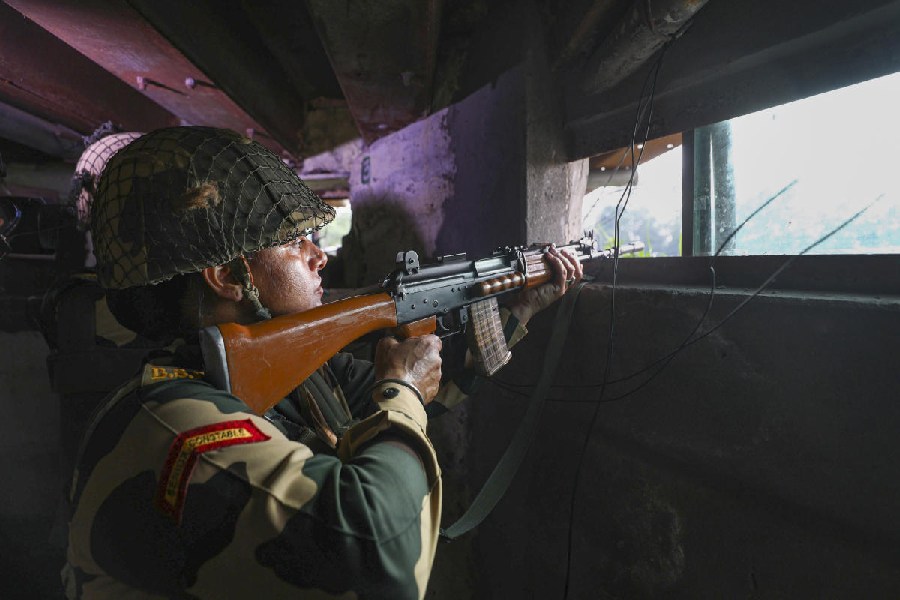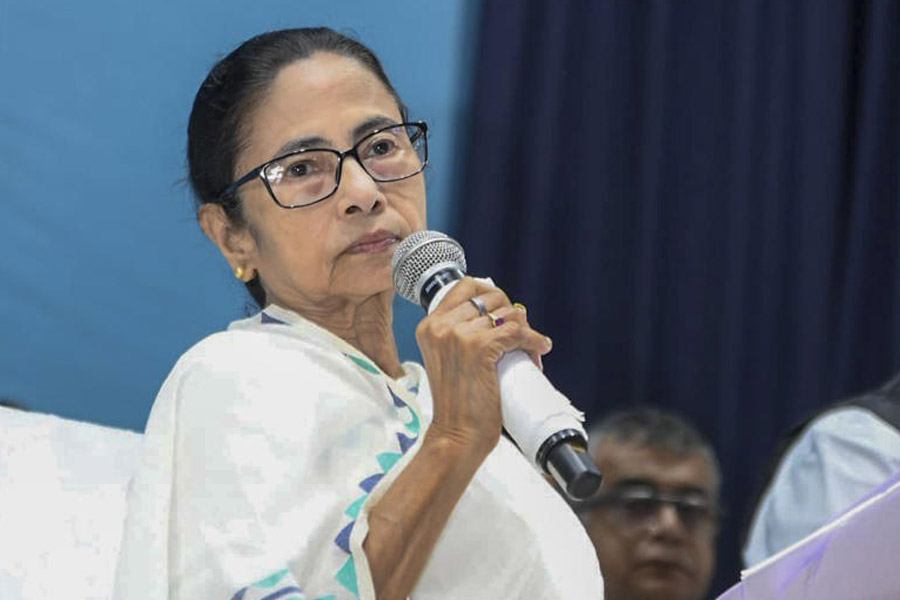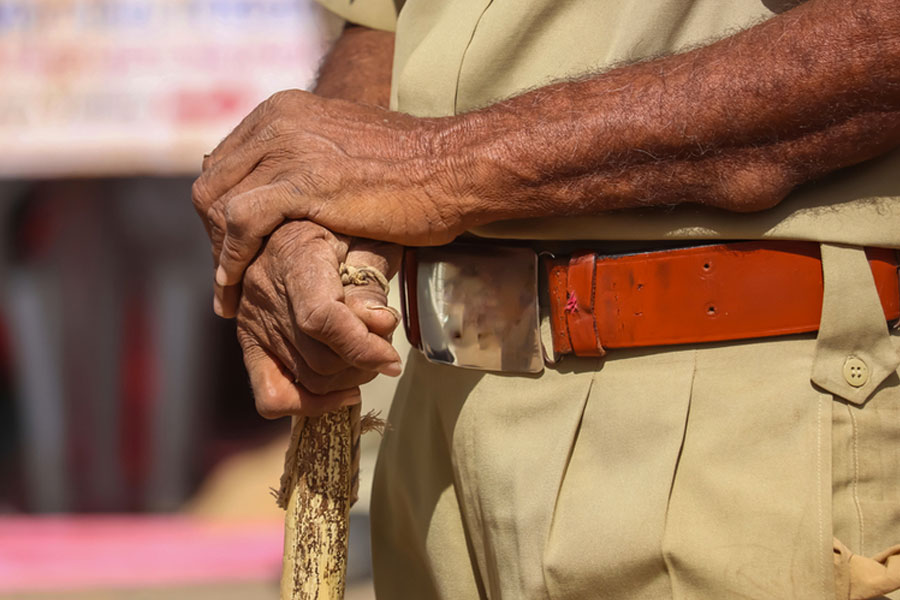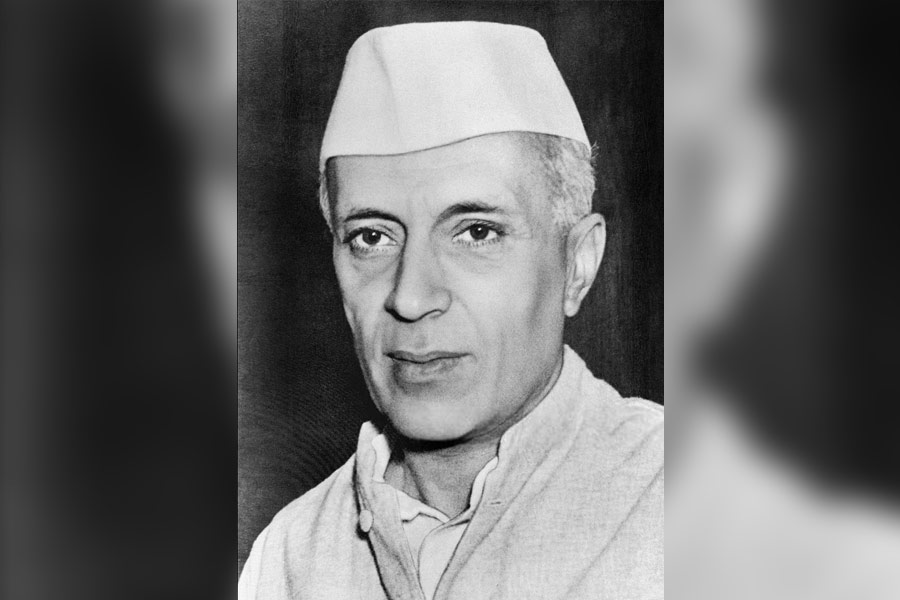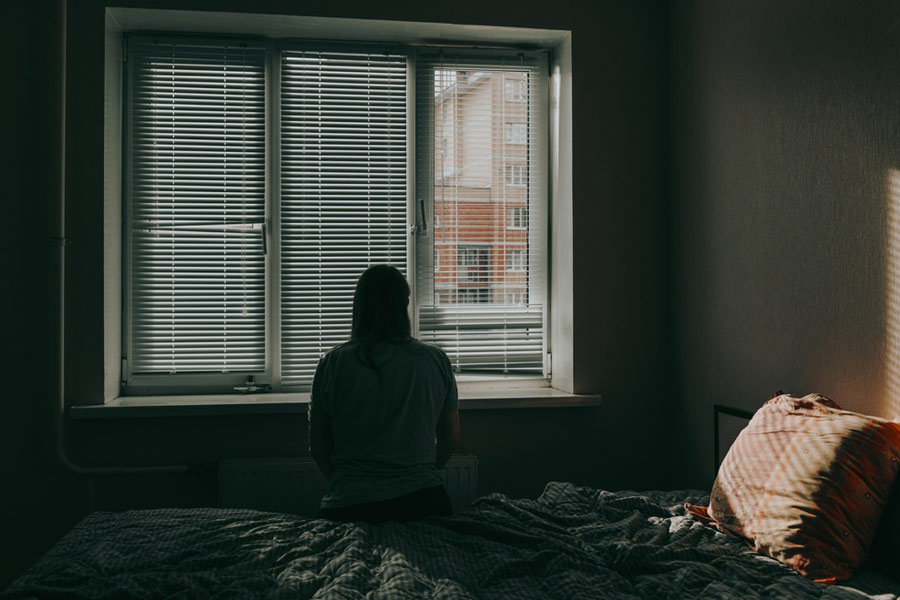Srinagar, June 12: Where have all their women gone? The cold desert of Leh found that out this week — they haven’t gone anywhere.
But two years ago the people in the land of lamas, where women have never been known to face discrimination, had reacted with disbelief when provisional census figures showed the sex ratio dropping to 583 women for every 1,000 men. From 823 a decade back, it was a sharp fall of 29 per cent.
It was all the more surprising because the district had made rapid strides in literacy, from 25 per cent in 1981 to 80 per cent.
For the local residents, it was a riddle: how could the female population have fallen to almost half that of males.
The final figures released by the census department on Monday after a separate headcount among the district’s native inhabitants appear to have solved that riddle.
The figures show that Leh still has the lowest sex ratio — 690 women for every 1,000 men — among all the districts in the country’s 28 states, but the ratio was a heartening 1,016:1,000 among Leh’s indigenous population.
“Leh’s entire (indigenous) population is Scheduled Tribe whose sex ratio is 1,016, which is one of the best in the country. That means outsiders, who are single male-member households, bring the overall sex ratio down,” said C.S. Sapru, joint chief principal census officer, Jammu and Kashmir.
Leh’s total population is 133,487. Apart from the Buddhist majority, which accounts for the presence of so many lamas (monks), the figure includes a substantial number of “outsiders” like soldiers and migrant labourers.
“The figures released last time (in 2011) gave negative publicity to Leh but the new figures will help rectify that damage. It became possible to know the sex ratio of local Leh residents because the figures of Scheduled Tribes and Scheduled Castes were counted separately this time.”
Rigzin Spalbar, CEO, Leh Autonomous Hill Development Council, said “hundreds of thousands of soldiers, labourers and migrants” who live in Leh have brought down the district’s sex ratio. “If the census is giving this (new) sex ratio information, it is correct, it is good. If they are giving something else, that is misinformation,” he said.
While Leh has sprung a surprise, the overall ratio for the state has dipped further: from 901 a decade ago to 889. The national average is 943.
But Jammu and Kashmir is at least better off than Haryana (879) and Delhi (868), though Union territory Daman and Diu has the lowest (618:1,000) overall ratio among all the states and Union territories.
Official sources said like Leh, Jammu and Kashmir’s actual sex ratio would be better than the one projected by the census if the hundreds of thousands of migrant labourers and troopers deployed from outside the state were excluded. “Most of them are male and have been included in the census,” said an official. “If they are excluded, the sex ratio for the state is bound to be far better.”


